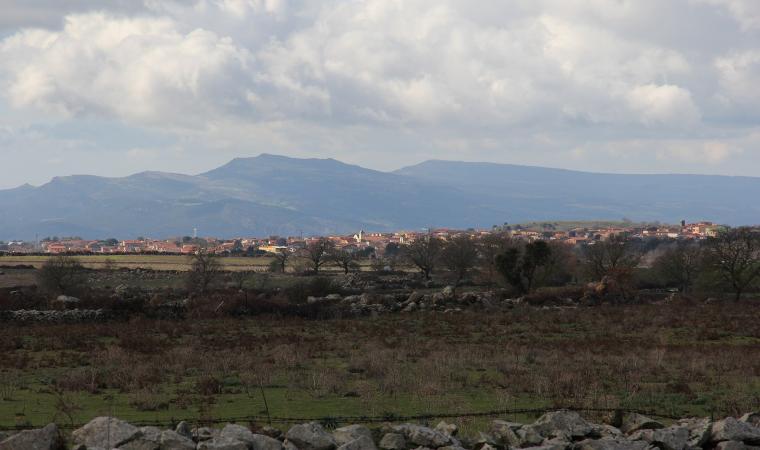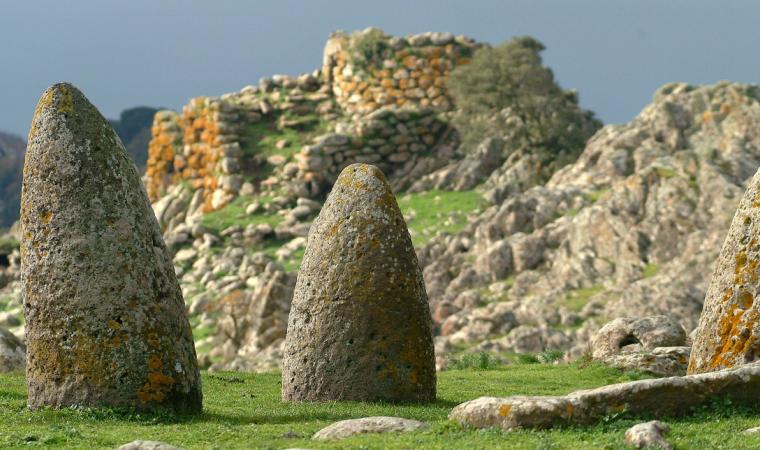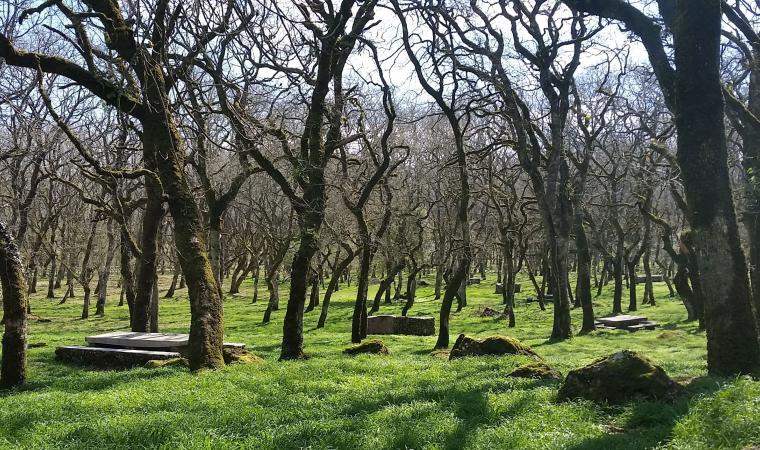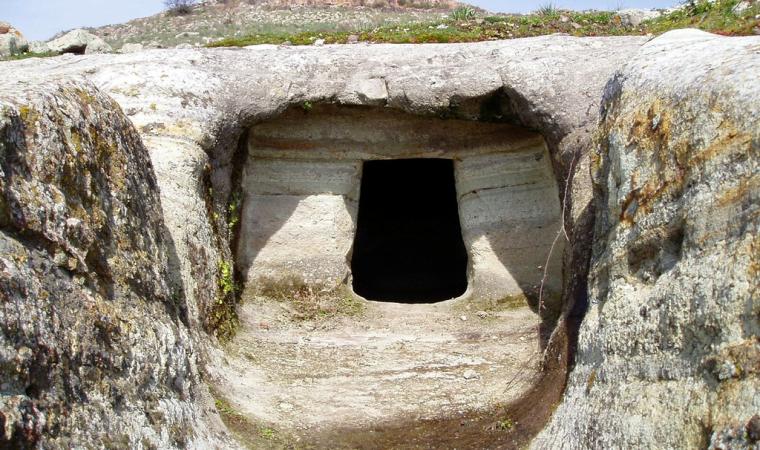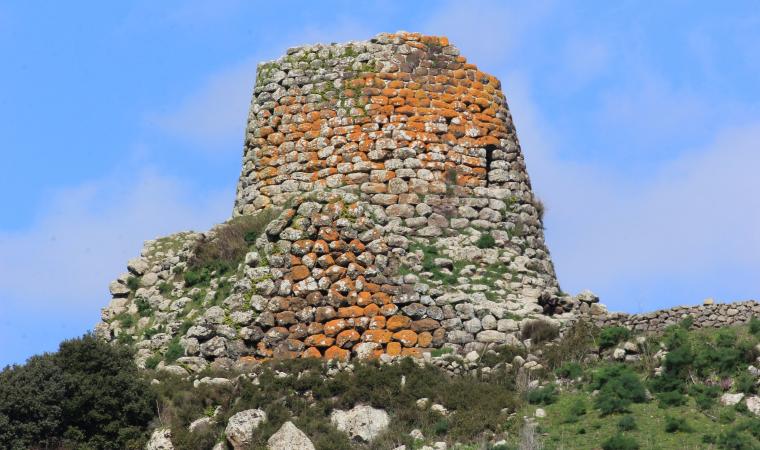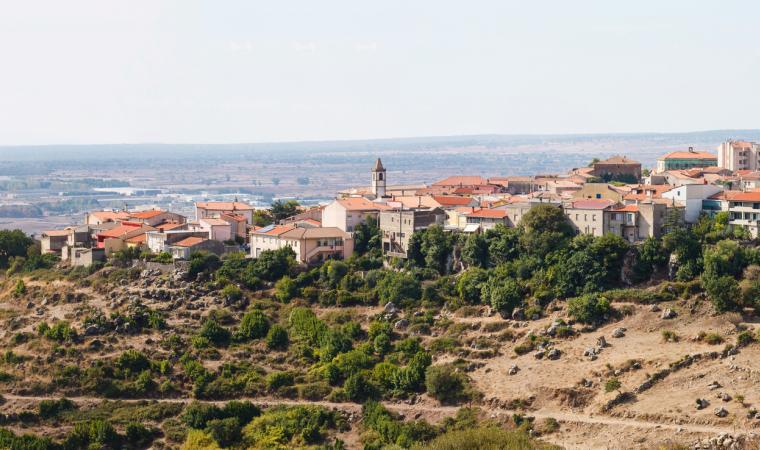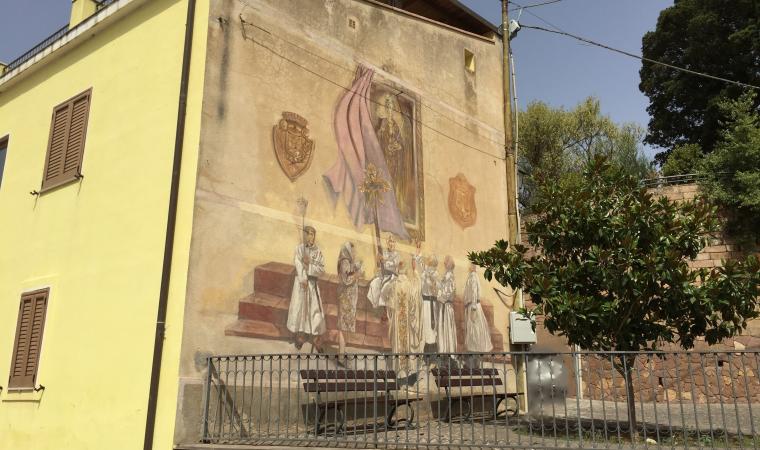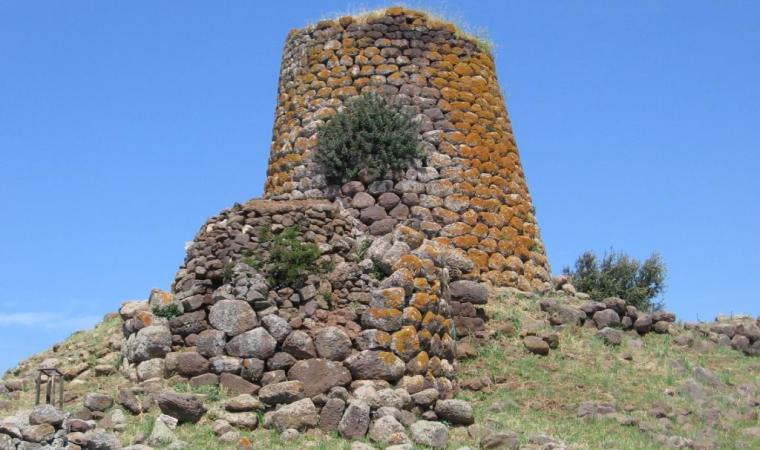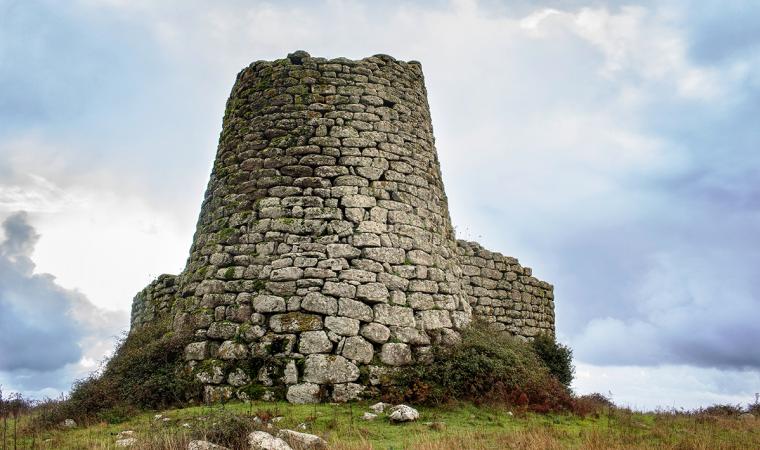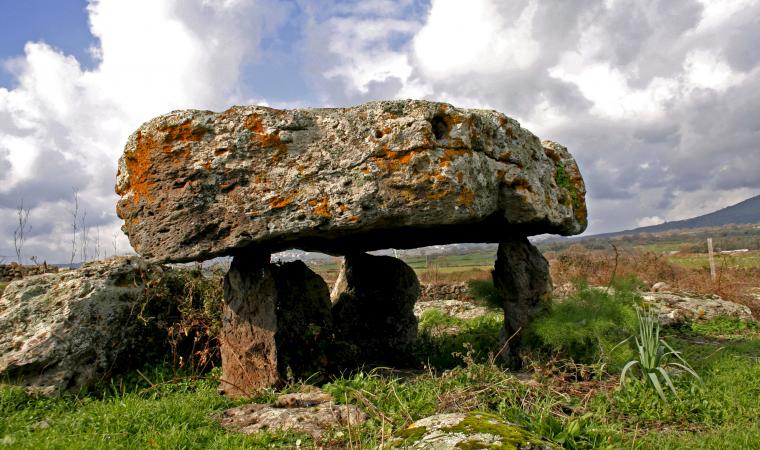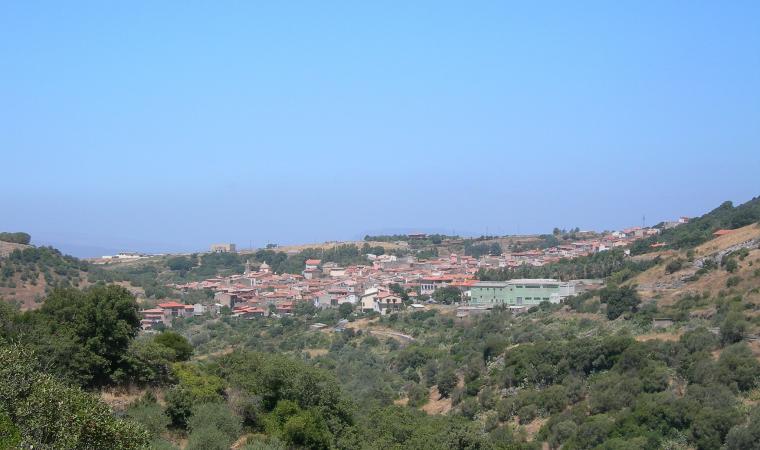It is the first and main Cistercian church in the Sardinian territory, evidence of the age of the Judicates, made up of wars, alliances, religious ferment and monasteries around which medieval village life revolved. Above all, it is the only remaining part of an abbey that reached its maximum splendour and then decline and ruin over just a few centuries. The church of Santa Maria di Corte is also known as Santa Maria di Cabu Abbas, from the name of the locality, a valley in the territory of Sindia - three kilometres east of the village - rich in springs and water sources. The sanctuary has lived two lives: the first began with the foundation commissioned by the judge of Torres, Gonario II, following an encounter with Saint Bernard of Clairvaux. The term 'corte' (court) contained in the name is, in fact, the result of the sovereign’s direct desire to build the abbey. Gonario asked and obtained, from the abbot, the arrival of monks and workers to build the complex and, in exchange, he granted large portions of land between Planargia and Marghine.
Between 1147 and 1149, the abbey was built and consecrated. The monastery became an economic centre, attracting farmers and artisans thanks to the ‘granges’, self-sufficient farms managed by the monks, but sources tell us that shortly thereafter, already at the end of the 13th century, the abbey complex was in complete crisis. The church and monastery were abandoned around the middle of the 15th century: the abbey was closed down by the Pope and the buildings were almost completely demolished to make room for other buildings. The sanctuary’s second life began at the beginning of the 17th century, when the renovation of the original transept began and new rooms were added, ‘converting’ the surviving building from scratch into a church. Thanks to the excavations and the evident traces on the ground, it is possible to reconstruct the layout of the entire building made from trachyte and dark basalt: the church had three naves, a crux commissa and a quadrangular apse. The cloister opened on the south side, surrounded by spaces used by the monks. Today, you can admire the southern part of the transept with two chapels, a vaulted room - perhaps used as a sacristy -, and part of the raised choir. On the right side, you will notice three buttresses, between which a portal with a rounded arch opens up between the first and second buttress. The chapels are barrel vaulted and each of them contains a single lancet window.
The abbey was destroyed also as a result of the popular belief that the monks were hiding rich treasures there. According to a legend, there is a second underground church, with a golden statue inside it protected by mysterious rituals preventing it from being found.
The celebration of Santa Maria di Corte is deeply heartfelt by the people of Sindia: on the eve of the celebration, su Izadolzu takes place and is a common vigil in which food and drink is offered. 8 September is the real day of the celebration, with a solemn procession, dances and shows.


